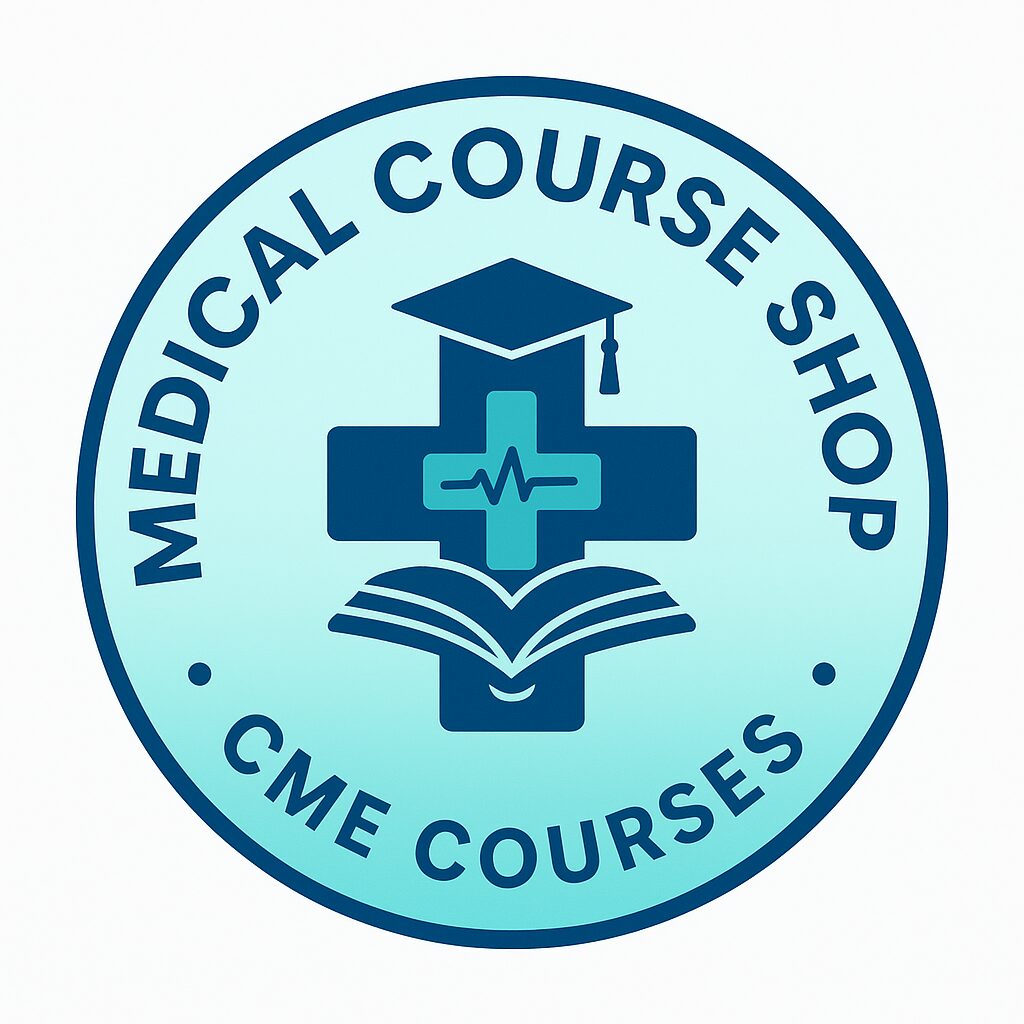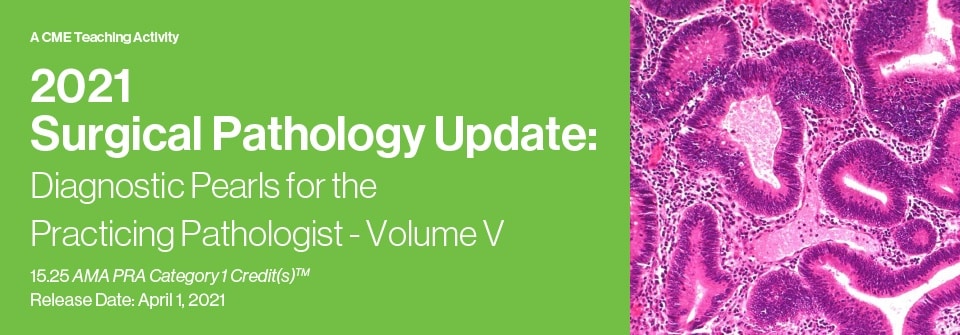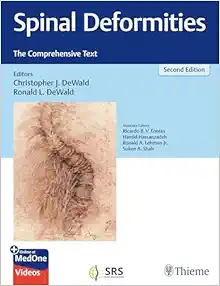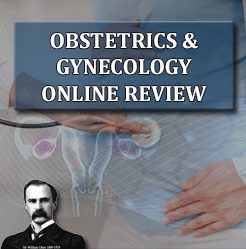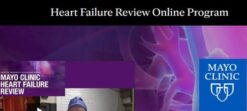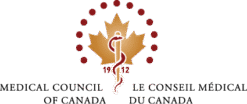2021 Surgical Pathology Update: Diagnostic Pearls for the Practicing Pathologist – Volume V
$49
2021 Surgical Pathology Update: Diagnostic Pearls for the Practicing Pathologist – Volume V
Include: 18 videos 1 pdf, size: 5.92 GB
2021 Surgical Pathology Update: Diagnostic Pearls for the Practicing Pathologist – Volume V This teaching activity has been designed to provide a practical and comprehensive overview of a number of topics in surgical pathology, including head and neck, gastrointestinal, hepatobiliary, gynecologic, genitourinary, and soft tissue pathology.
The activity includes an overview of diagnostic pearls which allow the pathologist to render an accurate diagnosis, as well as how to best avoid some of the most common diagnostic pitfalls.
Discussions include pertinent diagnostic immunohistochemical and molecular diagnostic techniques which allow the pathologist to refine their diagnosis and provide additional prognostic and therapeutic information.
Learning Objectives:
At the completion of this CME teaching activity, you should be able to:
– Recognize the major diagnostic pitfalls in the diagnosis of Barrett’s esophagus and Barrett’s-related dysplasia.
– Discuss the more recently recognized variants of ulcerative colitis as well as some of the issues related to diagnosing IBD-related dysplasia.
– Identify some of the major diagnostic issues in the most common colorectal polyps, including serrated polyps.
– Describe the classification of endometrial carcinomas according to the TCGA findings.
– Review the work-up of endocervical neoplasms, both HPV and non-HPV related.
– Accurately classify serous neoplasms and the implications of classification on clinical decision making.
– Recognize key diagnostic features that define common follicular patterned thyroid neoplasms.
– Discuss diagnostic strategies and treatment implications for HPV-associated tumors of the head and neck.
– Recognize and differentiate the most common salivary gland tumors.
– Resolve differential diagnoses for renal neoplasms based on predominant histologic pattern and communicate the clinical significance.
– Implement emerging aspects of prostate pathology, including large gland and intraductal lesions into diagnostic practice.
– Utilize histology and immunohistochemistry to resolve the most common diagnostic issues in testicular tumor pathology.
– Categorize common patterns of liver injury as hepatocellular or biliary in origin.
– Discuss the histologic features of fatty liver disease.
– Describe the clinical parameters that are taken into account when listing a patient for liver transplantation.
– Explain the most commonly used and diagnostically useful immunohistochemical markers in the diagnosis of soft tissue tumors.
Topics/Speakers:
- Controversies in the Diagnosis of Barrett’s Esophagus
John R. Goldblum, M.D. - Type I/II to TCGA: An Exploration of Endometrial Carcinoma
Lauren Ende Schwartz, M.D. - Spindle Cell Tumors of Deep Soft Tissue: Differential Diagnosis and Best Markers
Jason L. Hornick, M.D., Ph.D. - Avoiding Common Pitfalls in the Diagnosis of Follicular Patterned Thyroid Neoplasms
Christopher Griffith, M.D., Ph.D. - Subclassification of Pleomorphic Sarcomas: How and Why Should We Care?
Jason L. Hornick, M.D., Ph.D. - What To Do when the Liver is Blue: Inflammatory Disorders of the Liver
Meredith Pittman, M.D. - Diagnosis, Grading and Ancillary Testing in Human Papillomavirus Associated Carcinomas of the Head and Neck
Christopher Griffith, M.D., Ph.D. - Fatty Liver: Steatosis, Steatohepatitis, and Fat-Containing Lesions
Meredith Pittman, M.D. - A Pattern-Based Approach to Renal Tumor Classification
Sean R. Williamson, M.D. - Endocervical Adenocarcinoma: A Tricky Entity with Many Faces
Lauren Ende Schwartz, M.D. - Common Differential Diagnoses in Salivary Gland Tumors
Christopher Griffith, M.D., Ph.D. - What’s New in Prostate Pathology?
Sean R. Williamson, M.D. - IBD and IBD-related Dysplasia
John R. Goldblum, M.D. - Ovarian Serous Neoplasms: Morphologic Classification and Beyond
Lauren Ende Schwartz, M.D. - Nomenclature of Colorectal Polyps: Confusion and Controversy
John R. Goldblum, M.D. - An Approach to Epithelioid Soft Tissue Tumors: It’s Getting Easier!
Jason L. Hornick, M.D., Ph.D. - What Doctors Should Understand About Liver Transplantation
Meredith Pittman, M.D. - Testicular Tumors: Updates and Most Common Diagnostic Challenges
Sean R. Williamson, M.D.
CME Release Date 3/31/2021
Topics:
PATHFV21.pdf
Session 1 – Controversies in the Diagnosis of Barretts Esophagus.mp4
Session 1 – Type I-II to TCGA An Exploration of Endometrial Carcinoma.mp4
Session 2 – Avoiding Common Pitfalls in the Diagnosis of Follicular Patterned Thyroid Neoplasms.mp4
Session 2 – Spindle Cell Tumors of Deep Soft Tissue Differential Diagnosis and Best Markers.mp4
Session 2 – Subclassification of Pleomorphic Sarcomas How and Why Should We Care.mp4
Session 3 – Diagnosis, Grading and Ancillary Testing in Human Papillomavirus Associated Carcinomas of the Head and Neck.mp4
Session 3 – What To Do when the Liver is Blue Inflammatory Disorders of the Liver.mp4
Session 4 – A Pattern-Based Approach to Renal Tumor Classification.mp4
Session 4 – Endocervical Adenocarcinoma A Tricky Entity with Many Faces.mp4
Session 4 – Fatty Liver Steatosis, Steatohepatitis, and Fat-Containing Lesions.mp4
Session 5 – Common Differential Diagnoses in Salivary Gland Tumors.mp4
Session 5 – Whats New in Prostate Pathology.mp4
Session 6 – IBD and IBD-related Dysplasia.mp4
Session 6 – Nomenclature of Colorectal Polyps Confusion and Controversy.mp4
Session 6 – Ovarian Serous Neoplasms Morphologic Classification and Beyond.mp4
Session 7 – An Approach to Epithelioid Soft Tissue Tumors Its Getting Easier.mp4
Session 7 – What Doctors Should Understand About Liver Transplantation.mp4
Session 8 – Testicular Tumors Updates and Most Common Diagnostic Challenges.mp4
